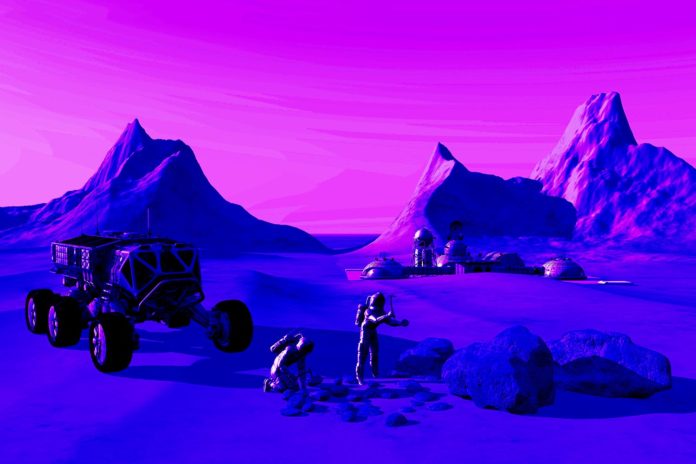
New observations show that the moon is surrounded by a permanent dust cloud, one different from what astronauts had seen on some of the Apollo missions. The data leading to these observations came grace of NASA’s Lunar Atmosphere and Dust Environment Explorer, or LADEE. It reveals a new cloud, completely unlike the glow-like haze that was observed by astronauts on Apollo 15 and 17.
Dust cloud has large particles, low density.
According to lead researcher Mihaly Horanyi, the professor at the University of Colorado at Boulder’s laboratory for atmospheric and space physics, stated in an email that the cloud has a few properties that make it strange. The low-density cloud is made up of larger particles that are few and far apart, and thus could likely not have been observed by the astronauts as a cloud.
Newly discovered dust cloud probably a result of impacts with comets.
The rocky cloud formation is likely a result of comet collisions, according to the new observations. When LADEE began taking measurements in late 2013, it found 140,000 dust hits in eighty days. The cloud was shaped irregularly, which implied to the scientists that the impacts were probably from cometary dust particles, which hit the lunar surface at an angle. Around once a week, the spacecraft would detect a quick succession of 10 to 50 particle hits in less than a minute, suggesting that the particles in those intervals all originated from the same collision minutes before.
Finding the cloud took special instrumentation.
NASA’s LADEE mission was the first one in low-altitude orbit to feature an instrument specially dedicated to detecting dust. Previous attempts were done with remote sensing imaging, which led to struggles with line-of-sight issues, according to Horanyi. When LADEE began its mission, Horanyi was excited at the possibility that the explorer would detect evidence of phenomena like dust charging and electrostatic dust mobilization on the surface of the moon. The study of those occurrences falls under the field of plasma physics, in which dust particles, electrons, and ions have strange and interesting interactions. LADEE was a successful mission right down to its crash into the lunar surface, which had always been part of the plan.
Discovery has implications for all bodies without atmospheres in our solar system.
The team of researchers behind the finding further theorizes that every single one of the other bodies in our solar system that’s devoid of an atmosphere is also engulfed by a dust cloud, as a result of being repeatedly struck by objects from the Kuiper belt near the border of our solar system.

















